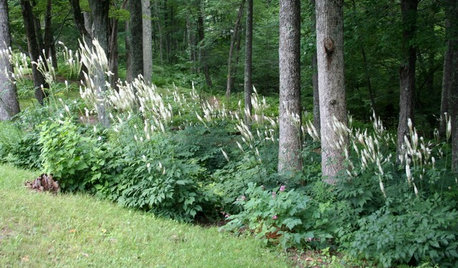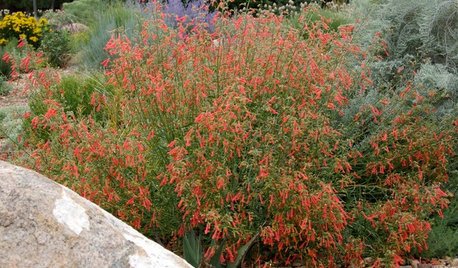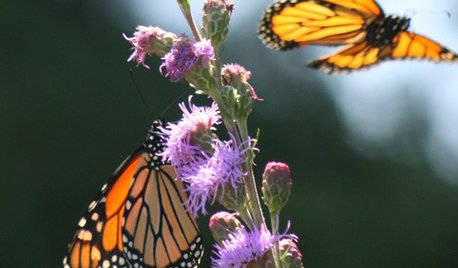plant hormones
kalley77
10 years ago
Related Stories

GARDENING GUIDESGreat Design Plant: Actaea Racemosa
Elegant flowers top black cohosh in summer woodland gardens
Full Story
FLOWERSGreat Design Plants: Penstemon Rostriflorus
Plant bridge penstemon, also called mountain fountains, for its long-blooming scarlet spikes that act like a living hummingbird feeder
Full Story
GARDENING GUIDESGreat Design Plant: Grow Blueberries for Their Fruit and More
Eastern gardeners should consider growing blueberry plants for their delicious fruits, bee-friendly spring blooms and brilliant fall foliage
Full Story
GARDENING GUIDESGreat Design Plant: Meadow Blazing Star (Liatris Ligulistylis)
Make fast friends with the monarch butterflies and get a color show too with this adaptable U.S. Midwest native
Full Story
GARDENING GUIDESMake Sure You Read This Before Buying New Plants
Follow these 10 plant-selection tips to avoid buyer’s remorse
Full Story
HOUSEPLANTS10 Top Plants to Grow Indoors
Brighten a room and clean the air with a houseplant that cascades artfully, stretches toward the ceiling or looks great on a wall
Full Story
DECORATING GUIDESImprove Your Style Fortune With Lucky Bamboo
Serve this versatile plant straight up or with a twist for auspicious living decor that thrives without soil
Full Story
HOUSEPLANTSPlay Up Some Fiddleleaf Figs for a Lively Indoor Tune
Strike a dramatic chord in a minimalist scene or a country note in a rustic setting — fiddleleaf fig plants harmonize with any style
Full Story
GARDENING GUIDESPacific Northwest Gardener: What to Do in June
Now's the time to prune pines and vines, prevent pests and buy June-blooming plants to keep your garden healthy and beautiful
Full Story
GARDENING GUIDESThe Poop Scoop: Enrich Your Soil With Good Old Manure
Get over the ick factor already — this natural super-ingredient for soil has so many benefits, you'll wonder why you ever went chemical
Full Story



birdsnblooms
Will07
Related Professionals
Bellflower Landscape Architects & Landscape Designers · Milford Landscape Contractors · Concord Landscape Contractors · Barrington Landscape Contractors · Bowie Landscape Contractors · Columbine Landscape Contractors · Danvers Landscape Contractors · Las Vegas Landscape Contractors · New Braunfels Landscape Contractors · Rio Linda Landscape Contractors · Baileys Crossroads Landscape Contractors · Little Egg Harbor Twp Interior Designers & Decorators · Nashville Interior Designers & Decorators · Springdale Handyman · Chantilly Handymanbirdsnblooms
dsws
kalley77Original Author
birdsnblooms
tapla (mid-Michigan, USDA z5b-6a)
dsws
fshirazi
kalley77Original Author
tapla (mid-Michigan, USDA z5b-6a)